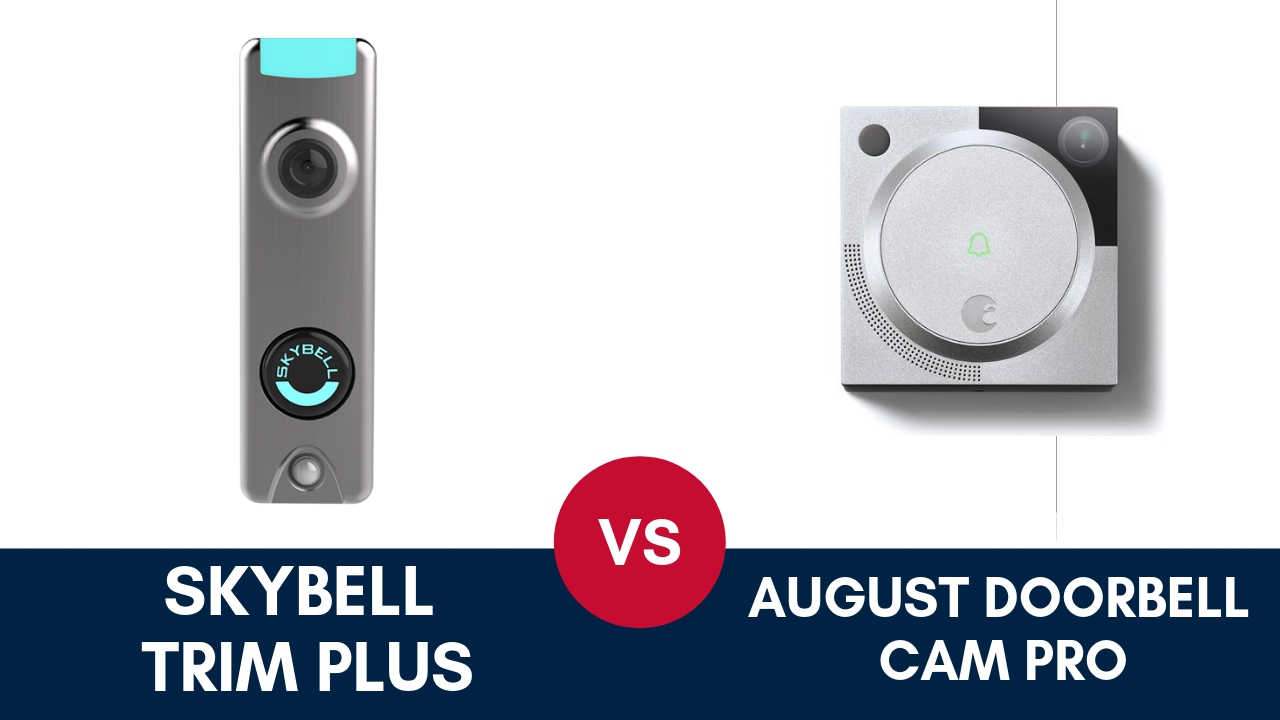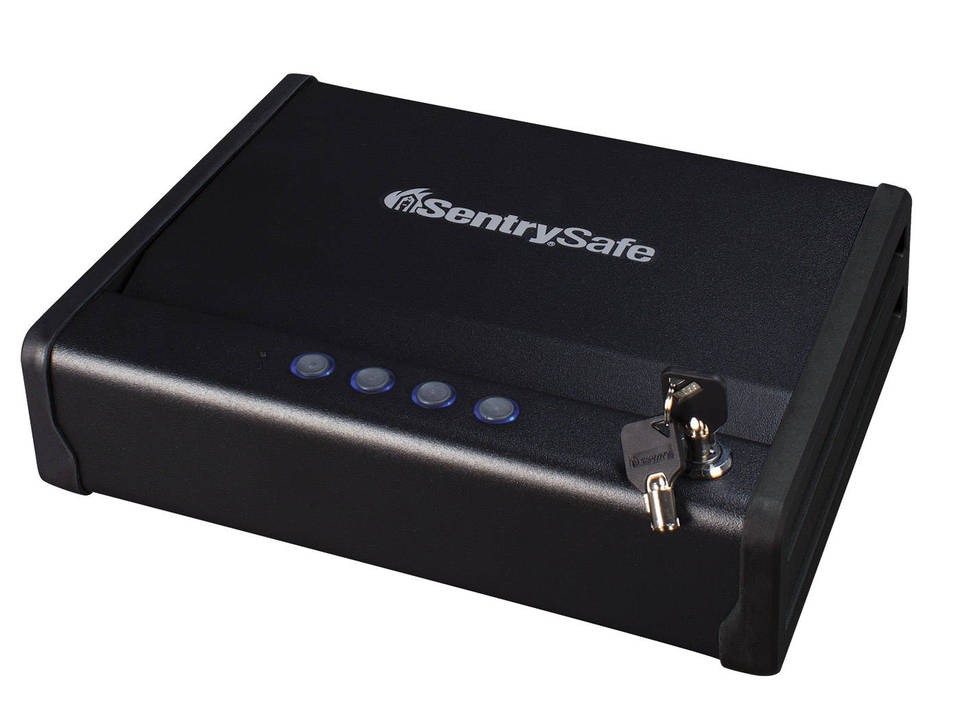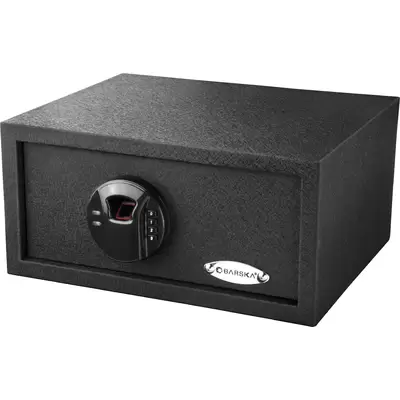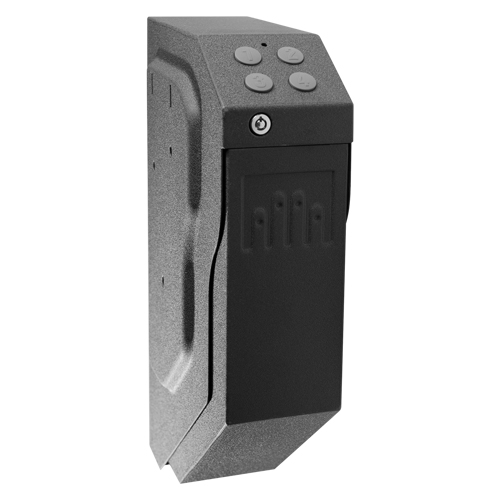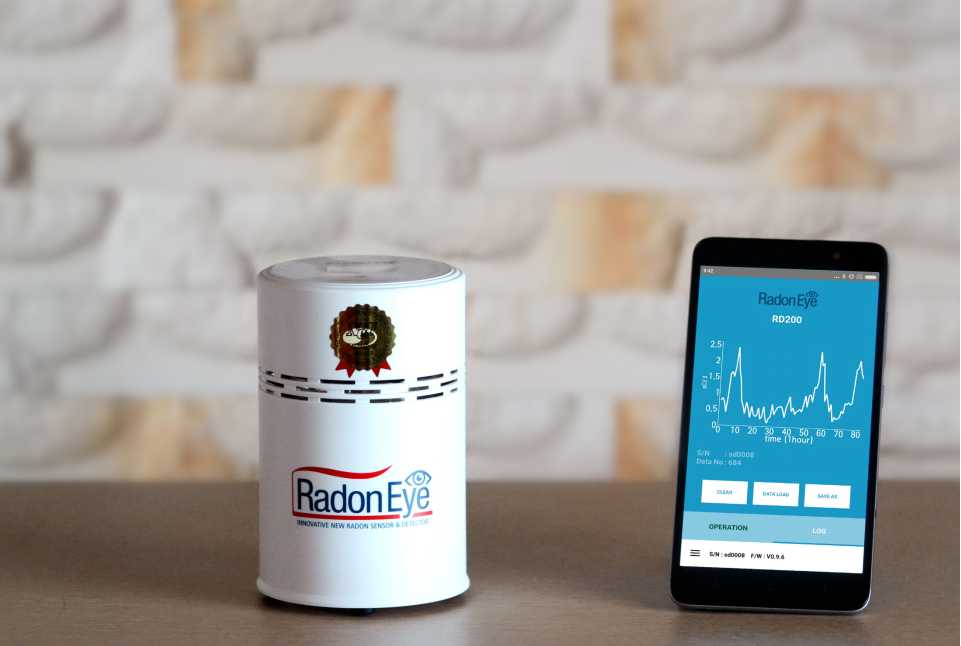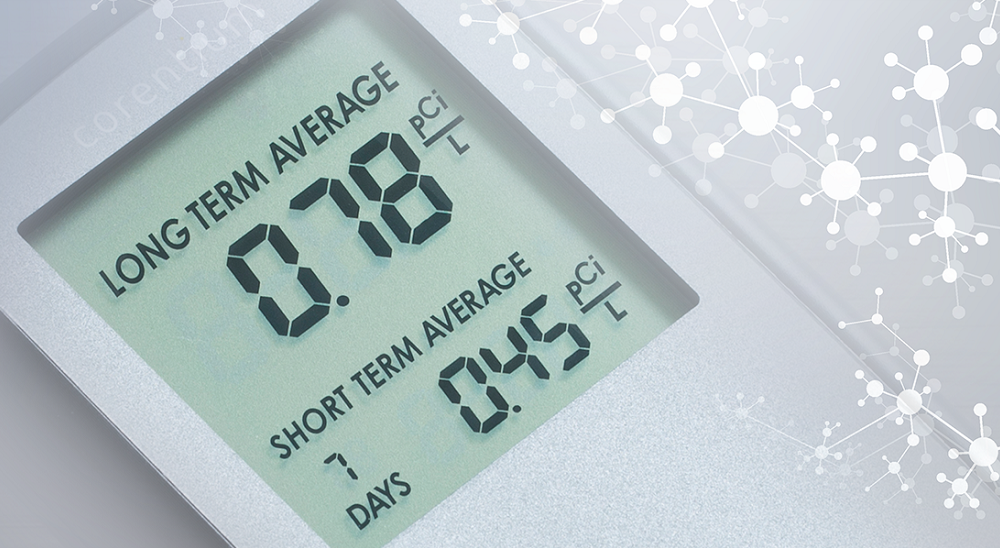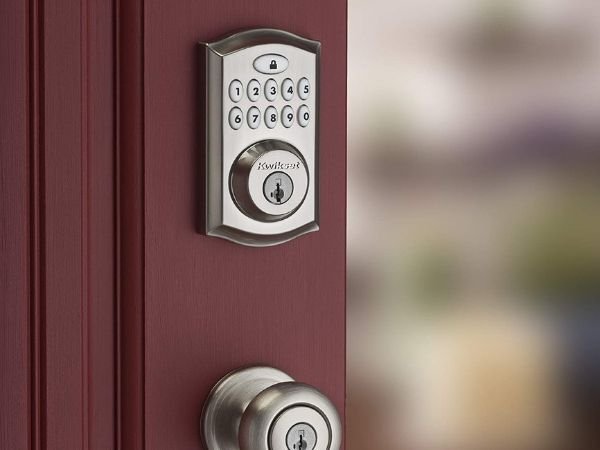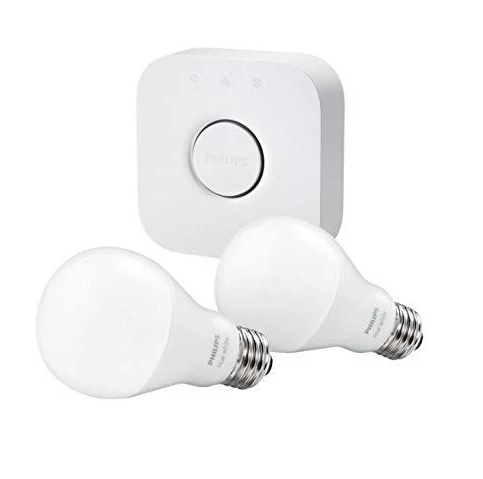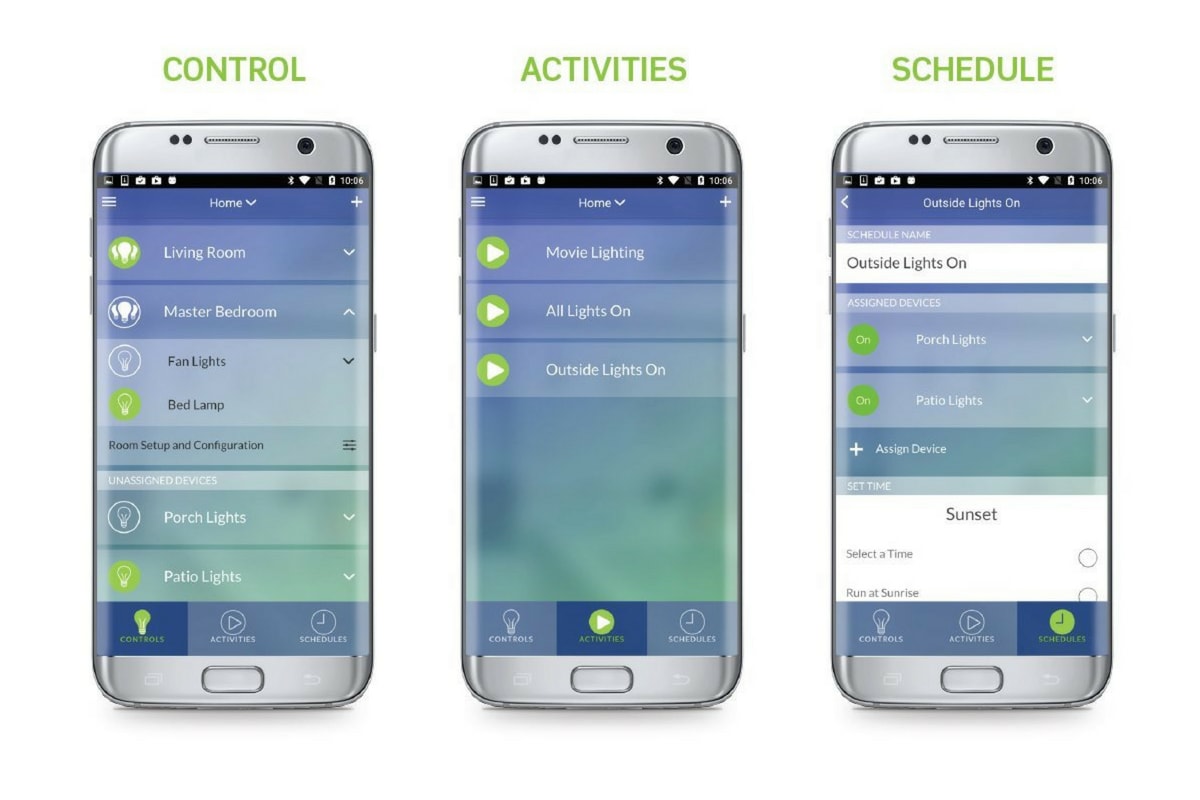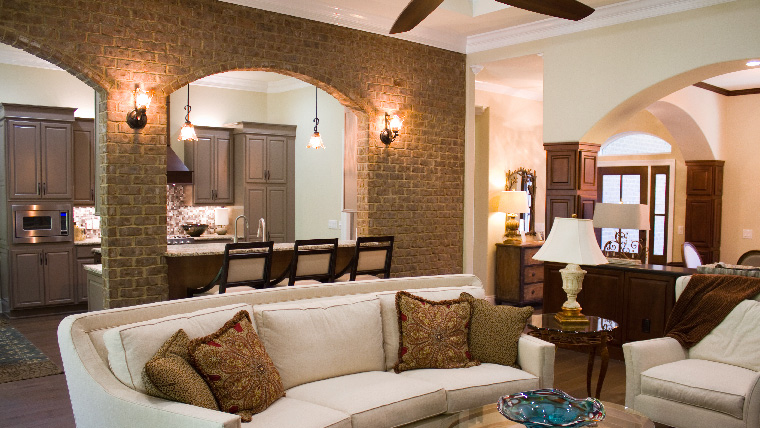As home security becomes more and more advanced, you’ll likely be inundated with options as you search for new technology. Doorbell cameras are quickly gaining traction as one of the best additions to your home security system.
Two of the most popular brands on the market are the Skybell Trim Plus and the August Doorbell Cam Pro. Of course, everyone’s needs are different. We’ve put together a quick comparison between the two so you can make the best choice for your home.
What Is A Doorbell Camera?
First thing’s first: what exactly is a video doorbell camera, and why might you choose to use one?
The doorbell is a typical feature of any home. As technology has advanced, so has the doorbell. Today, the device can be used not only to alert you to visitors, but also to allow you to view and speak to these visitors from within your home.
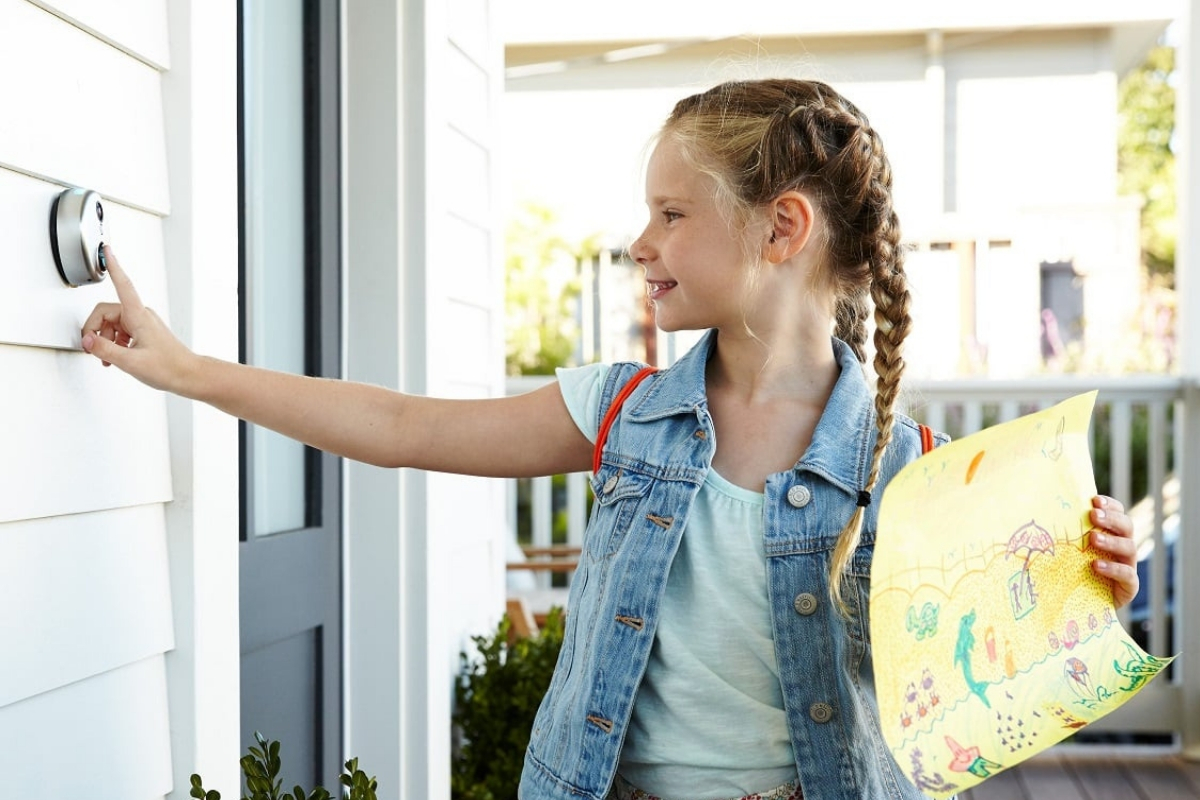
Although doorbell cameras are not much larger than a traditional doorbell and are mounted in the same place, they come with a wide range of additional features. Motion sensors, HD video and photo capture, two-way communication, and smartphone or tablet syncing are just a few of the available features.
Choosing a doorbell camera, therefore, means choosing something that truly improves upon convenience and safety in the home.
What To Consider When Choosing Between the Skybell Trim Plus and the August Doorbell Cam Pro
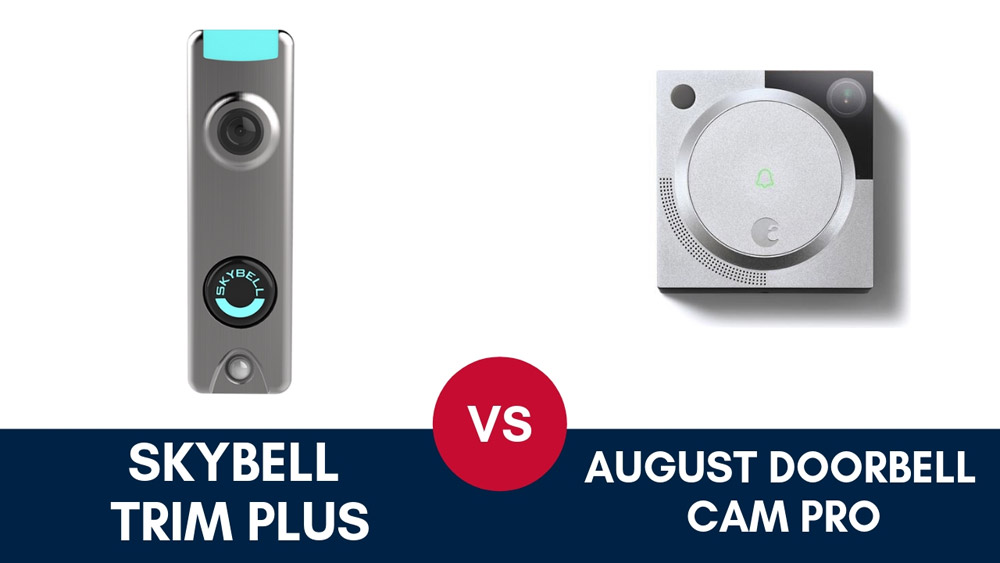
Choosing the best option for your home can be difficult. There are loads of devices to choose from, so ask yourself the following questions when making a decision:
- How often will your doorbell camera be in use?
- What devices will you use alongside your doorbell camera?
- Will you need a device that works night and day, and no matter the weather?
- Who will need access to this device?
Skybell Trim Plus
The Skybell company specializes in doorbell cameras. Many of its products’ features are patented and unique. Therefore, choosing a device from this company means you are receiving the very best in this kind of home security.
Style
The Skybell Trim Plus is around the size of a regular doorbell and has a sleek and modern design. It comes in two colors: brushed aluminum and dark, oil-rubbed bronze. These two options match all kinds of home designs, so you have the opportunity to invest in a stylish addition to your home.
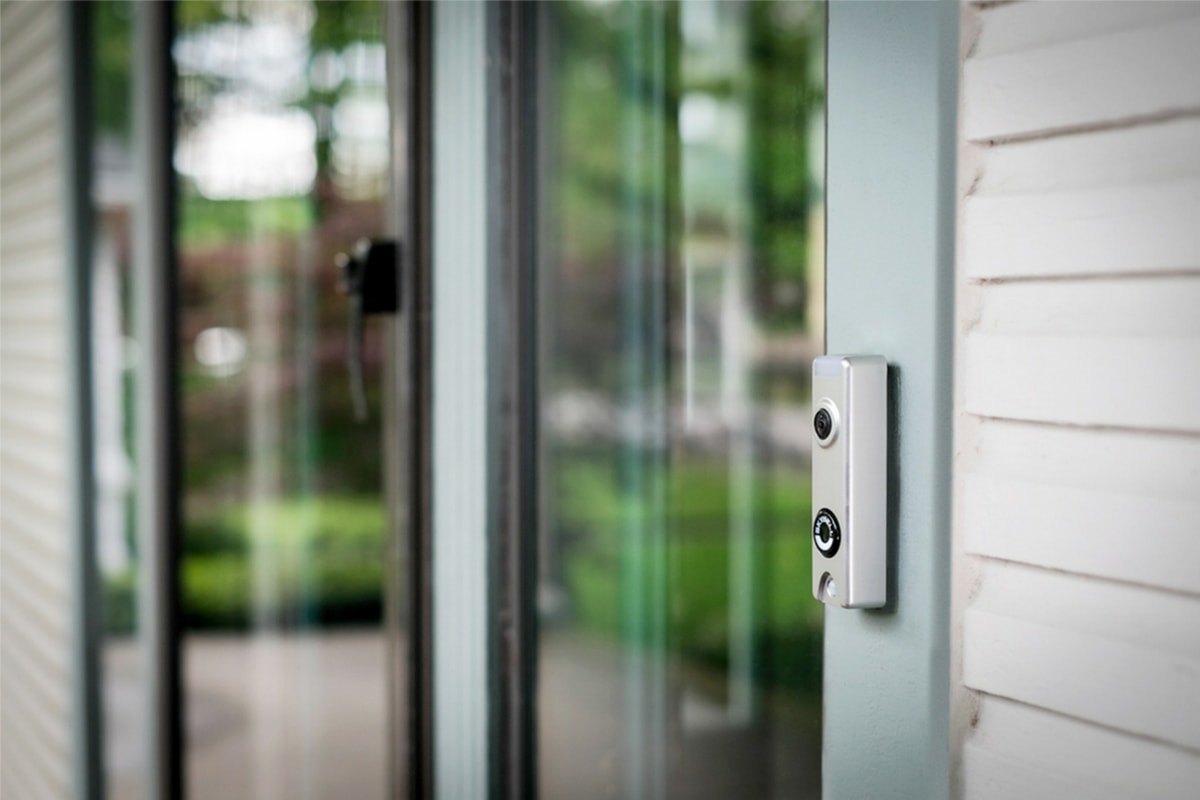
Features
180-degree view
The Skybell Trim Plus has a panoramic view so you can view the entire door area through the device’s HD videos and pictures.

5X zoom
Within these videos and pictures, you can zoom in up to five times the original size. This means you will be able to view finer details such as package information.
Motion sensors
The device has a motion sensing option that picks up on any movement within the doorbell’s IR sensor range, whether the doorbell has been rung or not.

Easy installation
The Skybell Trim Plus can easily be installed at home as the instructions are clear and simple to follow.
Weather resilience and night-vision
This device can be used day and night and in any kind of weather. The 1080p HD camera boasts full-color night vision.
Cloud video storage
This doorbell camera offers free video storage on all of your devices. Your footage can be kept safe and private on the cloud.
August Doorbell Cam Pro
The August Doorbell Cam Pro is a strong competitor when it comes to choosing a device. This product has a number of impressive features that make for a great user experience.
Style
The August Doorbell Cam Pro works with existing mechanical doorbell wiring. The product comes in dark grey and silver, and its large doorbell button is easy to use for visitors. Installing your new device can however be tricky, as its square design may not fit on your door frame.

Features
120-degree view
This device has a 120-degree horizontal field of view, so its panoramic feature is limited compared to Skybell Trim Plus. Nevertheless, its 1280 x 920 HD camera is clearer than many other doorbell cameras out there.
Motion sensors
Your doorway is constantly monitored by this device’s HindSight technology. This feature allows for both motion sensing as well as capturing the moments leading up to someone approaching the door.
Easy installation
Setting up your August Doorbell Cam Pro is simple, and you can follow the step-by-step instructions on the August app.

Night-time floodlight
Instead of using infrared LED night vision, this device includes a small light in the middle of its doorbell button that can illuminate anyone standing in front of it.
Compatible with other devices
This product is compatible with a number of other devices, such as smartphones, Alexa, and August Smart Locks.

Video storage
Basic video recording of up to 24 hours is included free with this device. You can upgrade to August Video Recording Premium to view 30 days of saved video history and download and share videos.
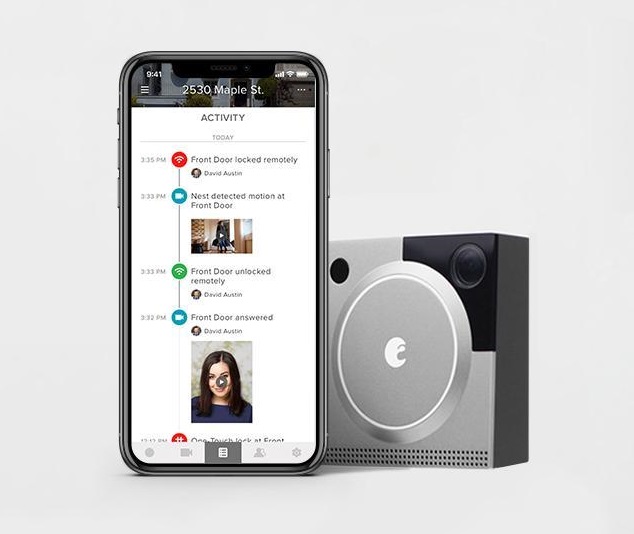
Skybell Trim Plus and August Door Cam Pro Comparison
Because both of these devices have such great features, you may not be sure which one is best for you. Below, we compare the Skybell Trim Plus and the August Doorbell Cam Pro to help you make your decision.
Ease of Use
Both of these doorbell cameras are easy to install as well as use. Both are also compatible with a number of other devices.
While both products need pre-existing doorbell hardwiring, installation is easy for both and you will be able to install either device without the help of a professional.
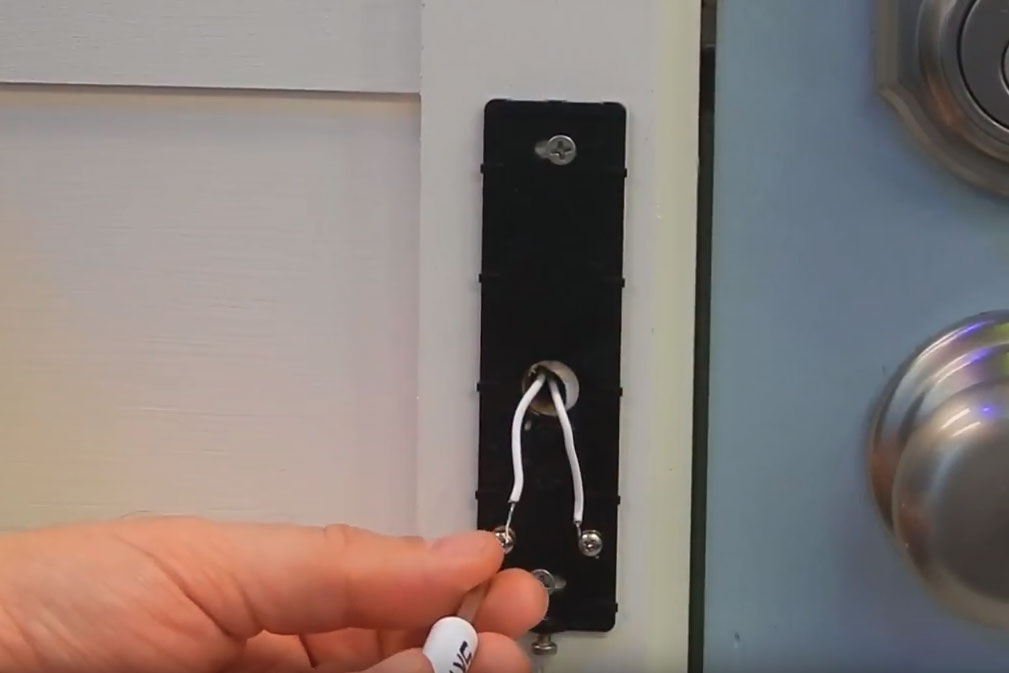
Video Quality and Field of View
The Skybell Trim Plus has a notably better video quality compared to the August Doorbell Cam Pro. While the former has a 1080p HD camera, the latter has a 1280 x 920 HD camera. However, although the Skybell Trim enjoys a higher resolution, this feature lowers the frames per second to 15 FPS to cut down on data usage, so the video is clearer but not as smooth as the August’s 30 FPS.

The Skybell Trim Plus also has a wider field of view, capturing 180 degrees of the area as opposed to the August’s 120 degrees. Being able to view the entirety of your door area may be necessary, so keep this in mind.
Zoom
While Skybell’s product boasts the option for a 5X zoom, the August does not give you the option to zoom in at all. Zooming in can be extremely important when it comes to being able to view finer details. It can also be helpful when you are surveying the street area in front of your home.
Storage and Subscriptions
Each product allows for the storage of videos on the cloud. However, the August Doorbell Cam Pro has the option for an upgrade that allows you to view 30 days worth of footage. This costs $4.99 a month and can be extremely helpful in tracking your doorbell area. Without this upgrade, however, you will only be able to access footage from the last 24 hours.
With the Skybell Trim Plus, there is no option for an upgrade. You can access the last seven days of footage from your doorbell camera for free, but there is no way to extend the length of time beyond this limit. However, it is likely that this limit will be more than enough for you and your family.
Power Options
How each device is powered is an extremely important aspect to take into account.
The Skybell product’s internal battery is equipped for everyday use and provides power consistently. The smart doorbell does not have a backup battery, but the device is widely compatible with a number of different transformers.
The August product, on the other hand, does have a small battery backup. However, this only works for a few hours. This device is only compatible with 12-24 VAC transformers, so it is not as easy to ensure total security in the event of a significant power outage. Nevertheless, its backup battery does offer a fantastic short-term solution.
Weather Conditions
Both of these products are built to withstand all kinds of weather conditions. However, the Skybell Trim Plus has the edge when it comes to temperature as the Skybell device can operate within extreme temperatures.
Although the August device is also competitive in this field, it is not as hardy when it comes to extreme cold or extreme heat. That being said, both of these devices are great for most climates.
Network Compatibility and Integration
No matter which device you choose, you can be assured that it will work smoothly with your WiFi connections and other home devices. However, be aware that using a doorbell camera alongside multiple cameras on the same network may eat up your bandwidth and impact your internet speed.
The August Doorbell Cam Pro and the Skybell Trim Plus both allow for seamless integration. When it comes to smart home integration, both devices are compatible with Amazon Echo and Alexa. The August will fit in nicely with Google Home too.
Bottom Line
Whichever device you decide to purchase, the addition of any doorbell camera to your home is a smart investment. Doorbell cameras do so much more than alert you to someone at your door—they are a great addition to any home security system. Being able to view who is at your door no matter where you are allows for peace of mind.
However, asking yourself what it is you need out of your doorbell camera is important when making this decision.
Both products are competitive when it comes to integration and compatibility, although the August Doorbell Cam Pro does allow for more integration options. Each device can be accessed through a smartphone or tablet, whether you are home or away. You can also interact with your visitor through the devices’ speakers and microphones.
While both of these products have their advantages, we lean more towards the Skybell Trim Plus. The style of the Skybell product is slim and sleek and matches almost any home. Its compatibility with a number of transformers, great video quality and range, as well as the option to access seven days of footage all contribute to it coming out on top.

